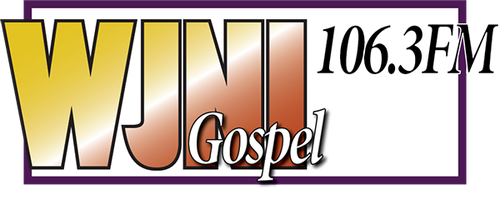How much of the April 8 solar eclipse will Charleston see?
CHARLESTON, S.C. (WCBD) – A total solar eclipse will cross North America next week – but how much will we see in South Carolina? Well, it depends on where you are and the forecast.
Totality – like what we saw in August 2017 when the eclipse passed over Charleston – will not happen here at home; however, we are in store for a partial eclipse. That means only a portion of the sun will be covered by the moon when it passes by on the afternoon of Monday, April 8.
“Unfortunately, it won’t be like it was in 2017 when we got totality where it looked like it was in the middle of the night, yet it was the middle of the afternoon. So, we’re going to get about 70% obscuration,” said Storm Team 2 Chief Meteorologist Rob Fowler.
What is a total solar eclipse?
A total solar eclipse happens when the moon passes between the sun and earth, blocking the face of the sun, and causing the sky to go dark to appear as though it was nighttime.
Charleston saw totality in August 2017. This time we will see a partial eclipse with about 70% obscuration. However, most other areas in South Carolina will see a higher percentage on Monday afternoon.
What is the path for Monday’s eclipse?
The moon’s shadow will make landfall near Mazatlán, Mexico around 11:00 a.m. Pacific Daylight Time before entering the United States in southwest Texas, according to NASA. It will cross many south-central states before moving over the Northeast and into Canada.
What is the timing for seeing the eclipse in Charleston?
Charleston will begin seeing the eclipse just before 2:00 p.m. with the largest chunk of obscuration happening for us a little after 3:00 p.m.
“It starts about 1:53 in the afternoon for us, and about 3:10 will be our highest percentage of obscuration for the partial solar eclipse, and then it ends at about 4:24 p.m.,” Fowler explained.
How much of the eclipse will we see in Charleston?
South Carolina is in the 70%-80% range but a small portion of the immediate coast, which includes the Charleston area, is less at 60%-70% obscuration. Fowler said we’re more in the 70% range.

“I always use the analogy that if you’re in a closet and you shut the door it is pitch black. Now open that door about 30% and how much light will come in? Now you can see your surroundings. We’re not going to get the full experience,” he said.
What is the forecast for Monday’s eclipse?
“The forecast for us right now, and we’re talking on Tuesday, the forecast for next Monday is good,” said Fowler. “Sunny sky, mid-70s- so kind of a typical April day. I’m excited about the weather.”
Forecasting something like viewing a solar eclipse really depends on cloud over. You can see a cirrus cloud that could block the sun a little bit just as much as you could have stratus clouds with more widespread sky coverage.
“When you’ve got different layers of clouds and you’re forecasting those different layers, that’s the toughest part – where do you see a hole, or do you even see a hole in the cloud cover. Fortunately, when you get into this time of the year, the sun is getting high enough in the sky that the sunlight will break through some of those clouds,” Fowler said.
Monday’s eclipse comes at a time of year when you should still be able to see plenty of sun and plenty of the partial solar eclipse.
Do I need to wear special glasses to view the eclipse?
Yes, absolutely. NASA says it is not safe to look directly at the sun without specialized eye protection, except for a brief phase when the moon totally blocks the sun. Otherwise, you risk severe eye injury. And again, the sun will not be totally blocked when viewing from Charleston.
“It doesn’t matter whether it’s a partial or total, you have to use the special glasses. A lot of people who were around in 2017 probably still have their glasses hanging out – those glasses that you have most likely are the ones that are approved and safe. Sunglasses don’t do the trick and don’t look with the naked eye because it can absolutely do damage to your eyes,” said Fowler.
Click here to learn more about the proper solar eclipse glasses.


